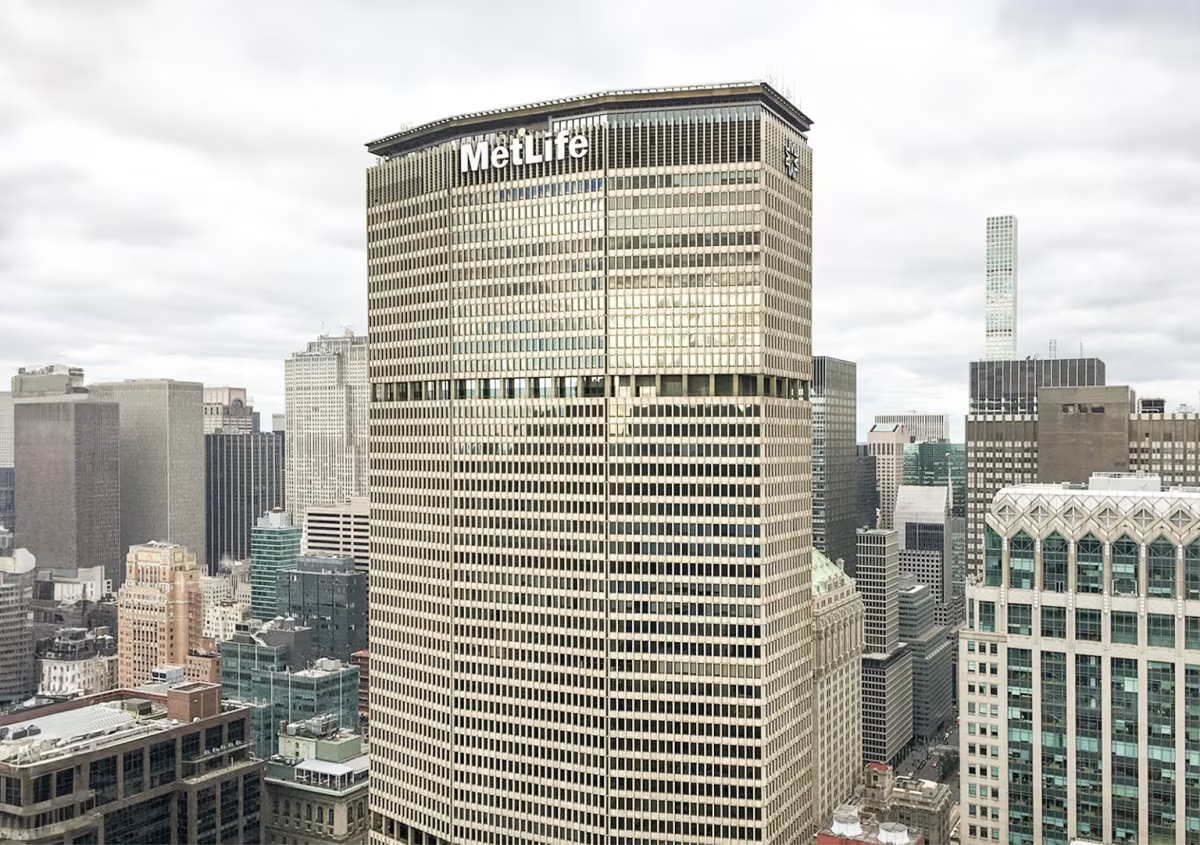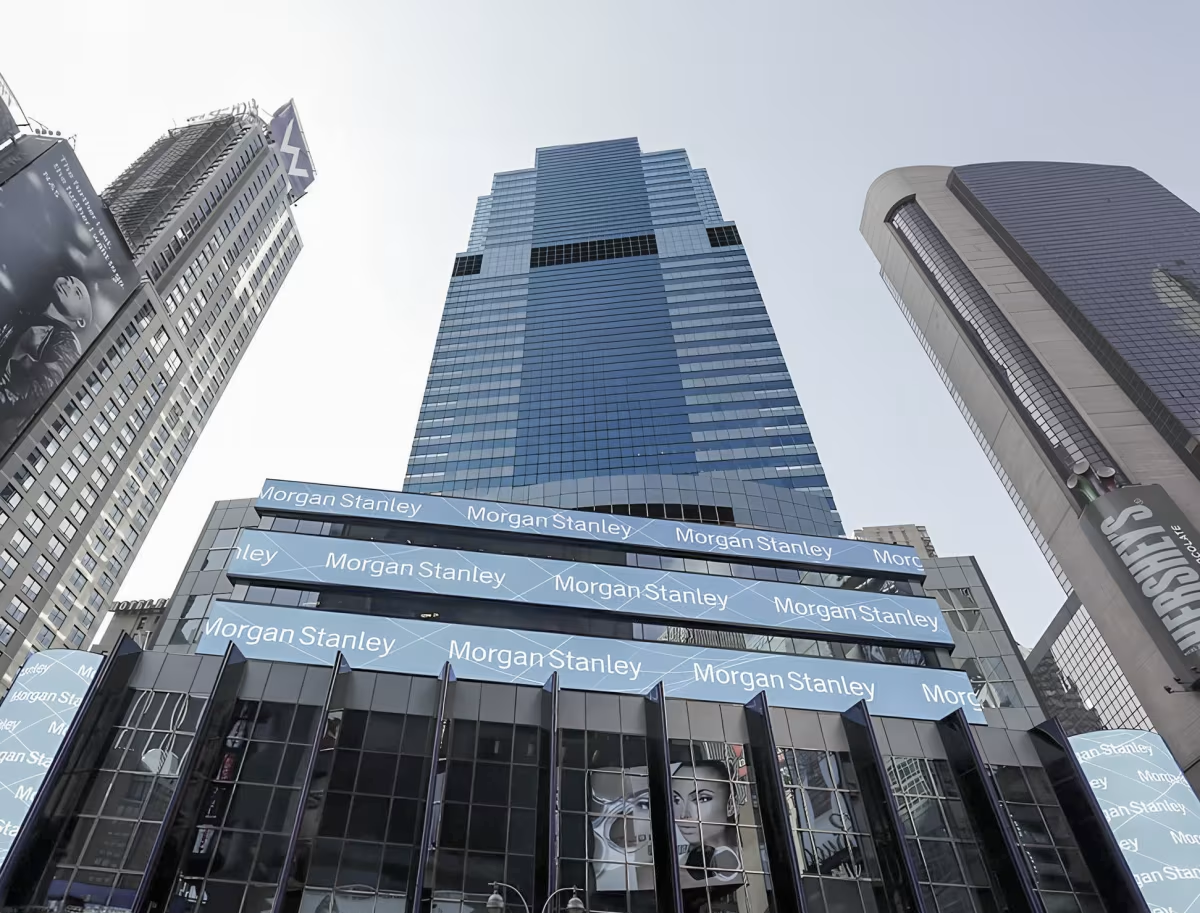MetLife Building vs 1585 Broadway Building


Comparing the MetLife Building and the 1585 Broadway Building is particularly interesting because they share the same skyline in New York, NY, and were both designed by Emery Roth & Sons. However, they were completed more than 27 years apart.
This offers a unique perspective on how the architect's style and the city's architecture evolved over time.
Height & Size
The MetLife Building is clearly the larger tower of the two, both in terms of height and number of floors. It rises to 807ft (246m) with 59 floors above ground, while the 1585 Broadway Building reaches 686ft (209m) with 42 floors above ground.
MetLife Building also offers more total built-up area, a total fo 3,143,059 sqf (292,000m2), which is about 1,840,627 sqf (171,000m2) more than what the 1585 Broadway Building offers.
Of course, each project may have faced different briefs or regulatory constraints, which we don't really know about and could also explain the outcome.
Architectural Style
The MetLife Building was designed in the International Style style, while the 1585 Broadway Building reflects the principles of Postmodernism.
At the time of their completion, both styles were well established. This makes the comparison especially interesting, because both buildings represent a dominant aesthetic at a particular point in time.Built 27 years apart (1963 vs 1990), these two buildings are a perfect example of how different architectural styles have shaped the architectural landscape of our cities over time.
Uses
Both the MetLife Building and the 1585 Broadway Building were designed to serve as commercial towers, and that has remained their main use since their completion, serving similar roles in the urban fabric.
The MetLife Building also provides 315 parking spaces.
Structure & Facade
Both the MetLife Building and the 1585 Broadway Building rely on a Frame structural system.
A frame structure uses a grid of columns and beams to carry the building's loads. This frees the walls from structural duties, allowing for flexible floor plans and larger windows.
They also employ the same type of facade, a Curtain Wall facade.
A curtain wall is a non-load-bearing facade hung from the structural frame. It is anchored to floor slabs and transfers only its own weight and wind loads, allowing for sleek, glassy exteriors.
| MetLife Building | 1585 Broadway Building | |
|---|---|---|
| Emery Roth & Sons | Architect | Emery Roth & Sons |
| 1960 | Construction Started | 1989 |
| 1963 | Year Completed | 1990 |
| International Style | Architectural Style | Postmodernism |
| Commercial | Current Use | Commercial |
| 59 | Floors Above Ground | 42 |
| 246 m | Height (m) | 209 m |
| 292000 | Built-up Area (m²) | 121000 |
| Frame | Structure Type | Frame |
| Reinforced Concrete | Vertical Structure Material | Steel |
| Reinforced Concrete | Horizontal Structure Material | Concrete, Steel |
| No | Facade Structural? | No |
| Concrete, Quartz, Glass | Main Facade Material | Aluminum, Glass |
| Diesel Construction Company | Main Contractor | Starrett Brothers And Eken |
| Erwin S. Wolfson | Developer | Solomon Equities |
| Jaros Baum & Bolles | MEP Engineer | Jaros Baum & Bolles |
| James Ruderman | Structural Engineer | WSP Cantor Seinuk |
| NY | State | NY |
| New York | City | New York |
| 200 Park Avenue | Address | 1585 Broadway |